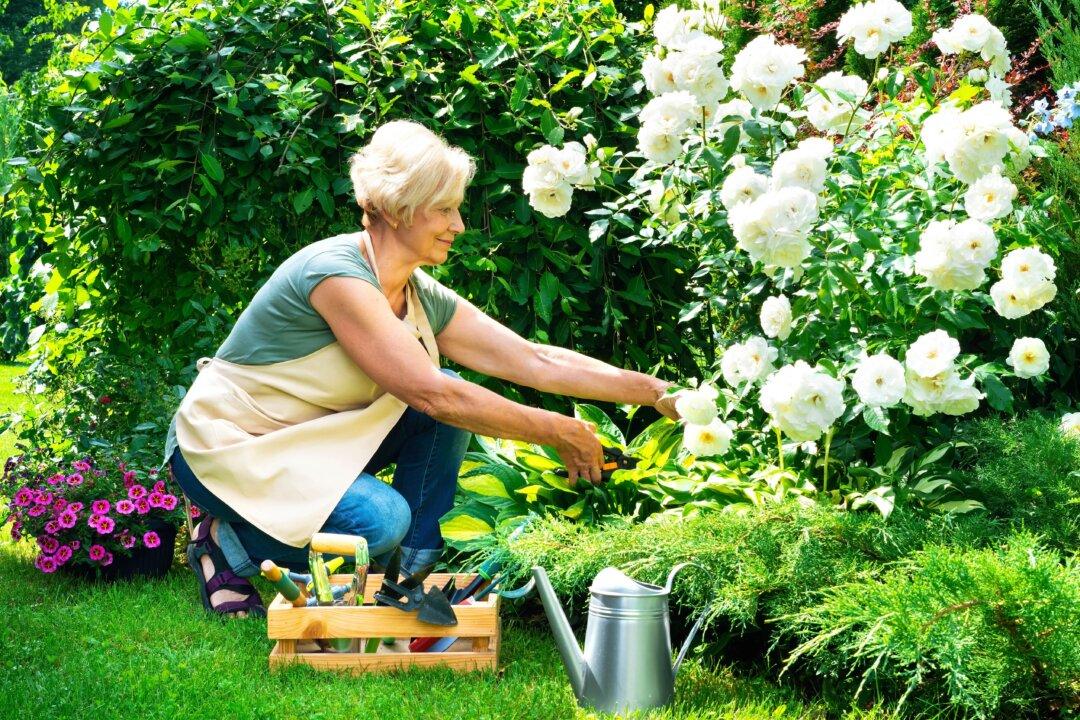Commentary
It’s finally spring in Canada and that means we can at last go green, but not like post-modern Gaia worshippers. Rather, we can partake in the timeless pastime of gardening, connecting to both the natural world and one of your own design.

It’s finally spring in Canada and that means we can at last go green, but not like post-modern Gaia worshippers. Rather, we can partake in the timeless pastime of gardening, connecting to both the natural world and one of your own design.